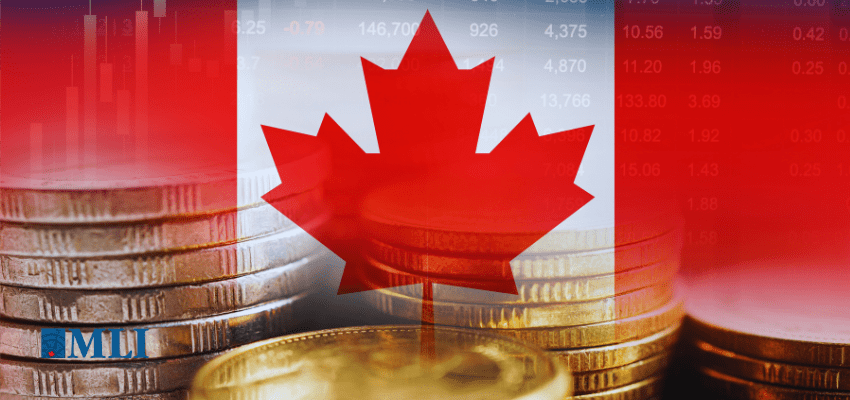This article originally appeared in National Newswatch.
By Jerome Gessaroli, July 9, 2024
The next election presents an opportunity for any political party to redefine economic policy by proposing a simple but comprehensive “National Economic Strategy”.
The Strategy’s preamble could acknowledge that Canada’s future success depends on fostering innovation, promoting sustainable growth and shared prosperity. The document would then outline core principles such as fiscal responsibility, open markets, and innovation-driven growth. It would set key objectives like boosting GDP per capita, and private sector investment.
The Strategy might include targets such as increasing R&D spending to 2.5 percent of GDP by 2030, working with the provinces to reduce interprovincial trade barriers by 30 percent within four years, or achieving a top 10 ranking in global competitiveness.
Crucially, it would state how each federal department should align its policies with these economic goals, ensuring a whole-of-government approach to prosperity. For instance, Environment Canada would be tasked with streamlining the Impact Assessment Act, while the Finance department would be directed to review and simplify the tax legislation to encourage business investment.
More than just another list of campaign promises, the Strategy could boost growth by steering decisions across all federal departments and agencies. It could espouse fiscal responsibility, business-driven growth, and smart regulation—recognizing that a thriving private sector, not government intervention, is the true engine of prosperity.
The benefits would be substantial. First, it would provide much-needed policy consistency across government. No more contradictory policies or short-term thinking driven by fleeting trends. Instead, Canadians could expect a coherent, longer-term vision for economic growth.
Second, it would enhance accountability. With clear principles and immovable goalposts in place, measuring the success of government initiatives becomes much easier.
Third, it would signal to investors that Canada is open for business. Canada has less invested in machinery and equipment in real terms than in 2015 (which indicates our laggard productivity is likely to continue). By committing to growth-driven policies and smarter regulations, we could attract the capital needed to drive innovation and job creation.
Most importantly, it offers hope. When many Canadians feel the system is broken, a National Economic Strategy could provide a roadmap for renewal and show Canadians that their government takes our economic well-being seriously.
Crucially, the Strategy could help the government address important issues like the affordability crisis or climate change, encouraging more realistic and economically sound policies for these areas.
For instance, instead of mandating the sale of electric vehicles by set dates, the principles of the Strategy could encourage more innovative, cost-effective, market-aligned solutions for reducing emissions, such as tightening emissions targets for automakers. This approach offers greater flexibility to both consumers and manufacturers and could still significantly reduce emissions.
Consider the current affordability crisis. A recent Angus Reid poll found that 60 percent of Canadians struggle to manage their expenses. Government policies are partly to blame, as they often stand in the way of Canadians reaping the full benefits of an open economy. For example, despite advocating for free trade, the federal government imposes tariffs on many goods. Imported shoes and clothing can incur duties up to 18 percent. These barriers are unnecessary since there is no significant domestic industry requiring protection. Removing these tariffs could save Canadians up to $5 billion per year.
In practice, all government departments would align their policies with the Strategy’s principles. Annual budgets and fiscal updates would explicitly reference how they support its objectives. The government could commit to providing annual updates to Parliament on progress, ensuring ongoing accountability.
Canada stands at a crossroads. We face a choice—stay with the current approach of piecemeal fixes, expanding bureaucracy, and sluggish growth, or chart a new course towards prosperity. A National Economic Strategy could offer that new direction, it could restore faith in our institutions and hope for our future.
As we approach the next election, political parties could show Canadians they are ready to bring a clear, unified economic vision to Canada by adopting such a strategy. It is the kind of bold, forward-thinking that Canadians are looking for.
Jerome Gessaroli, a senior fellow at the Macdonald-Laurier Institute, leads the Sound Economic Policy Project at the British Columbia Institute of Technology.







